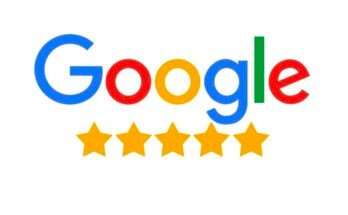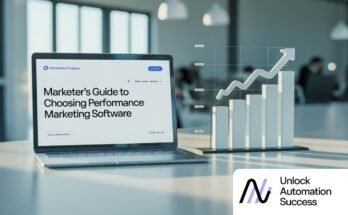Your team’s outgrowing spreadsheets. Mistakes are adding up. Inventory’s either gathering dust or running out too fast and someone’s finally asked the big question: “Can we afford wholesale inventory software?”
Let’s be honest. Your CFO isn’t just looking at price tags they’re looking at ROI, risk, and resource allocation. If you’re going to pitch this right, you’ll need more than a feature list. You’ll need a compelling, cost-grounded story that connects the software to your company’s bottom line.
And yes, it starts with wholesale inventory management software but it doesn’t end there.
Know Your Audience: What Your CFO Actually Cares About
Finance leads think in numbers, not tooltips. They won’t be swayed by “seamless dashboards” or “smart forecasting” unless there’s a clear business outcome attached.
Here’s what typically matters to your CFO:
- Cost reduction: Can this cut carrying costs, shrinkage, or labor inefficiencies?
- Revenue protection: Will it prevent stockouts and lost sales?
- Forecast accuracy: Will it improve purchasing decisions?
- Time-to-value: How long will it take to see measurable results?
Keep those four lenses in mind when framing your case.
Frame the Problem in Financial Terms
Skip the technical jargon and talk about what’s not working in dollars and delays.
Try something like:
“Right now, we lose approximately $18K each quarter due to overstocks and stockouts combined. That’s excluding the labor hours spent reconciling mismatched inventory data.”
Then, stack those pain points:
- Manual errors cost X hours/week → that’s Y in wages.
- Overstock tied up Z in unsold goods.
- Missed orders from out-of-stocks → lost sales worth $XX,XXX.
Present these issues as cost liabilities. You’re not just asking for software you’re solving a money leak.
Show the Payback Timeline, Not Just the Price
CFOs often push back because new systems feel like black holes for budget. Dispel that with a clear payback projection.
Example:
- Cost of software: $9,000/year
- Estimated annual savings from reduced stockouts: $12,000
- Time savings in manual tracking (80 hours/year): $2,400
→ Net ROI in Year 1: $5,400
And make it visual even a simple chart helps drive the point home.
Tap Into Strategic Value
Beyond dollars, show how inventory software aligns with wider business goals:
- Faster order fulfillment = Better customer satisfaction
- Accurate forecasting = Stronger supplier relationships
- Real-time visibility = Better decisions across departments
Mention how competitors are likely already leveraging tech and the risk of falling behind.
Bonus if you can quote industry benchmarks or success stories from similar businesses.
Address the Objections Before They’re Raised
Your CFO might ask:
- “Do we need IT staff to maintain this?”
- “Is our current team trained for this?”
- “What happens during the implementation period?”
Prepare short, honest answers:
- Most platforms are cloud-based with minimal IT burden.
- Vendors usually offer onboarding and training.
- Pilot programs or phased rollouts help reduce transition risk.
Preempting these questions builds trust and credibility.
Offer a Test Case or Pilot First
Instead of pushing for full rollout, suggest a 60-day trial with a specific department or product line.
Frame it like this:
“Let’s run this in our East Coast warehouse for Q4. If we don’t see improvements in order accuracy and turnaround time, we pause no long-term commitment.”
That’s far easier to greenlight than a multi-year, company-wide contract.
Close With Opportunity, Not Urgency
Don’t pressure. Instead, position this as an opportunity to move forward:
“This isn’t just about saving time on reorders. It’s about getting out of reactive mode and building a smarter, more responsive inventory strategy. And the longer we delay, the more it costs us quietly, but constantly.”
Leave the door open, but don’t leave the conversation without a clear next step even if it’s just a follow-up discussion with the finance team.
Final Thought
CFOs don’t say “no” to software they say “no” to unclear value. Show them that wholesale inventory management software isn’t just another tool, but a measurable investment with short-term returns and long-term gains.
You’re not pitching software. You’re presenting an opportunity to stop bleeding money quietly and start building a stronger, more agile operation.
Want help breaking down the cost-benefit for your unique setup? Drop us a message or better yet, run a pilot. Let the numbers speak for themselves.




